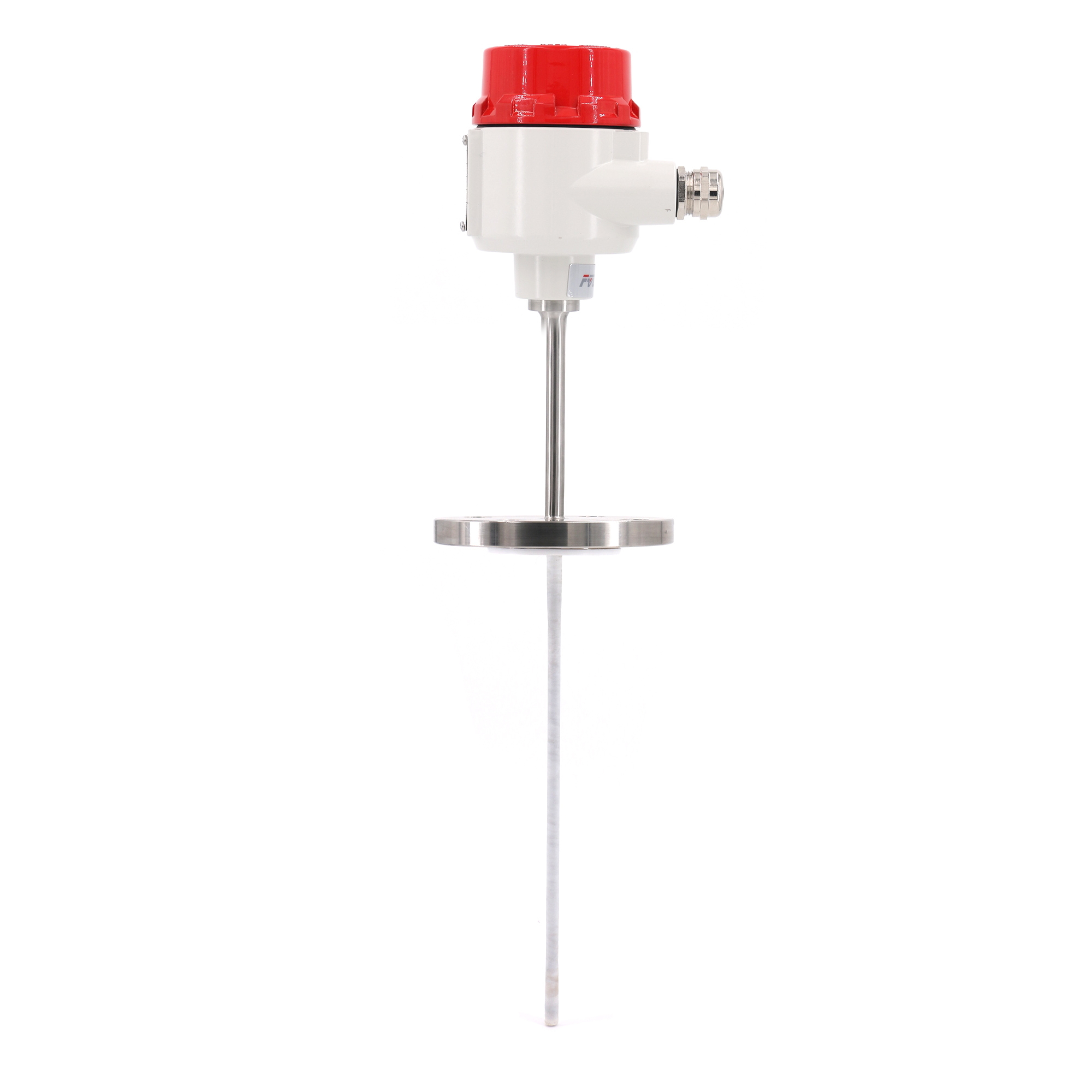Resistance Temperature Detectors

Опис на производот
Resistance Temperature Detectors
Fvluoky resistive thermal detector (RTDs) are precision temperature measuring instruments known for their accuracy and stability. Utilizing the principle that the resistance of a metal changes with temperature. As one of the best temperature measuring instruments manufacturers, Fvluoky RTDs offer superior temperature sensing solutions for a wide range of industrial applications. Their robust design ensures reliable performance in demanding environments, making them a trusted choice for accurate temperature monitoring.
Types of FVLUOKY Resistance Thermal Detectors
FT100-B Type Dial Temperature Module
How Do You Measure Temperature Resistance?
Measuring temperature with a Resistance Thermal Detector (RTD) involves determining the resistance of the Resistance Detector element, as this resistance changes with temperature. The process typically involves the following steps and considerations:
1. Understanding the Resistor Temperature Detector Configuration
First, it’s important to know the configuration of your Resistance Temp Detector, as this affects how you measure its resistance. RTDs can come in two-wire, three-wire, or four-wire configurations. The more wires, the more accurate your measurement can be, as additional wires help to compensate for the resistance of the connecting wires themselves.
2. Applying a Measurement Current
To measure the resistance, you apply a known, small electrical current through the Resistance Detector element. This current should be small enough not to cause self-heating of the Resistor Temperature Detector , which could affect the accuracy of your measurements.
3. Measuring the Voltage Drop
After applying the current, you measure the voltage drop across the Resistance Detector element. This voltage drop is directly related to the resistance of the RTD, according to Ohm’s Law (V = IR, where V is voltage, I is current, and R is resistance).
4. Calculating Resistance
Using the measured voltage drop and the known current, you can calculate the resistance of the Resistor Temperature Detector element using Ohm’s Law. For example, if you measure a voltage drop of 1 volt across an RTD with a current of 1 milliampere (0.001 amperes) flowing through it, the resistance of the RTD at that temperature would be 1,000 ohms.
5. Determining Temperature
Once you have the resistance, you can determine the temperature by using the RTD’s resistance-temperature calibration curve or equation. For platinum RTDs (Pt100, Pt1000), this is often based on the Callendar-Van Dusen equation or a simpler linear approximation for a specific temperature range. The resistance value is input into the equation to calculate the corresponding temperature.
6. Using Instruments
In practice, specialized instruments like RTD temperature transmitters, digital multimeters (DMMs) with temperature measurement capabilities, or temperature controllers are often used. These devices, such as two-wire transmitters for RTD, engineered by temperature transmitter manufacturers, can automate the current application, voltage measurement, resistance calculation, and temperature determination processes, providing a direct temperature reading.
7. Compensation for Lead Resistance
For two-wire Resistance Temp Detectors, the lead resistance can add to the measured resistance, causing errors. Three-wire and four-wire configurations allow the measuring instrument to compensate for this lead resistance, providing more accurate temperature readings.
By following these steps, you can accurately measure temperature using an RTD’s resistance. The key is to accurately measure the resistance of the RTD element and then correctly interpret this resistance as a temperature, taking into account the specific characteristics of the Resistance Temp Detector being used.

